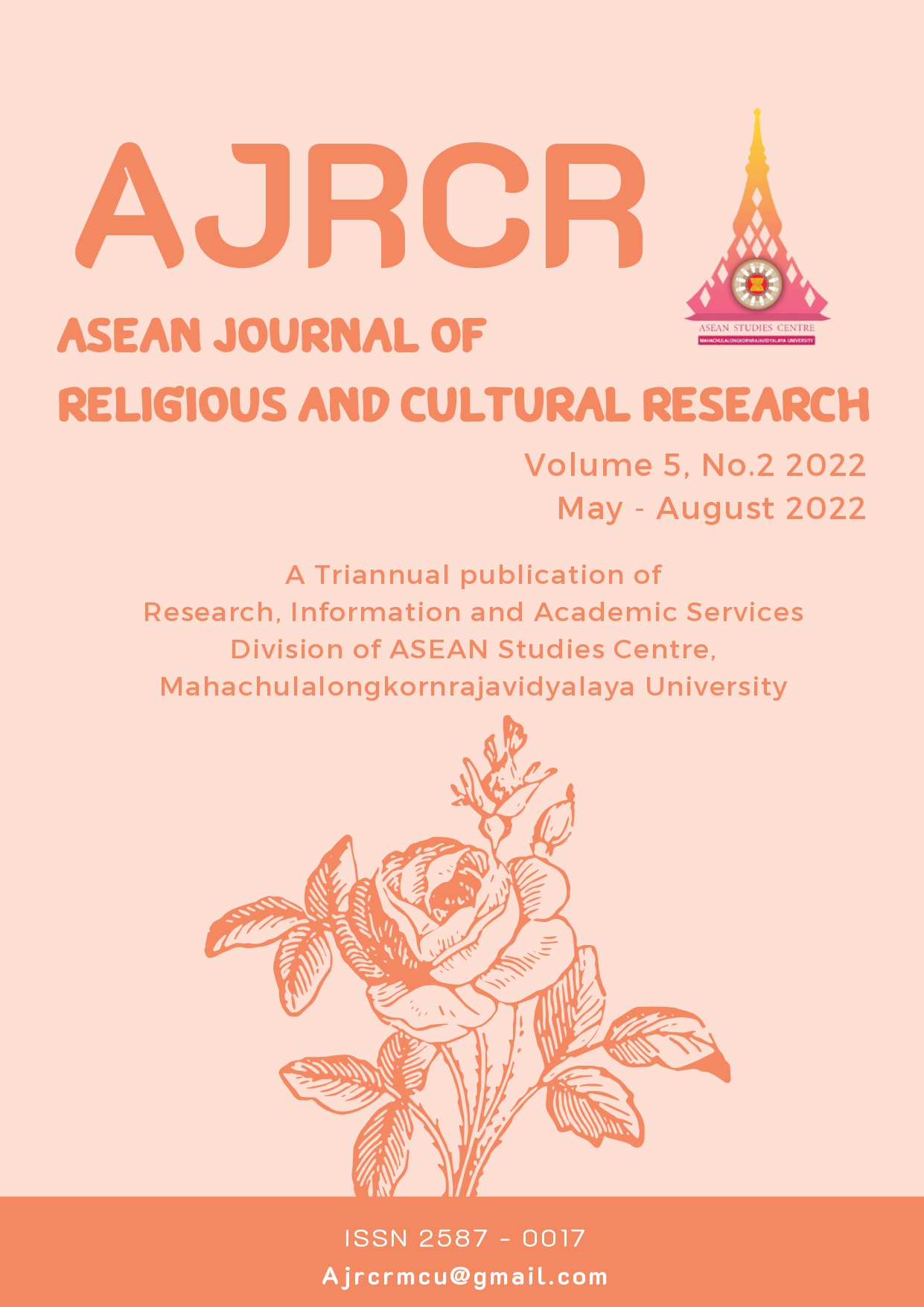Dharmayatra: Pilgrimage and Spiritual Journey Sacred Sites in Buddhist Pilgrims in Indonesia
Keywords:
Dharmayatra, Pilgrimage, Spiritual JourneyAbstract
In 2019, The President of Republic of Indonesia Mr. Joko Widodo declare that Borobudur as one of Super Priority tourism Destination in Indonesia. It continued at 2020, by Ministry of Religious Affairs, Republic of Indonesia, declare that Borobudur as the center of world Buddhist ritual sites. Pilgrim in Buddhist known as Dhammayatra (Pali) or Dharmayatra (Sanskrit). Dharmayatra literally means pilgrimage to holy places. It is a form of ritual that developed from the needs of the people in providing opportunities to respect sacred or sacred places. There are several reasons behind this sacred or sacred place, including the tombs of holy people, places to store the relics of the arahants or saints, historical places in the Buddha's life journey, historical places in the preaching of the Dhamma, and temples. The Buddha suggested that pilgrimage would help his followers develop spiritually. The first two centuries of the Buddha’s death, pilgrimage had already become an important component in the life of the Buddhist community. From the fifth century to the fifteenth century in Java and Sumatra, various activities following the teachings of Mahayana and Tantrayana have developed. The kingdoms were built on the Buddhist Philosophy. Society grows and develops based on the goal of accumulating virtue and wisdom. During this time, many monasteries and other holy places developed. Thus there are practitioners who also attain the realization of perfection. We find these places in various forms and circumstances from different time periods. Some of them are in the form of temple buildings or stupas, both built of stone and brick. Some are in the form of lakes, caves, and mountains. Almost all the temples are in a state that is not intact anymore. However, the influence of practitioners' perfection will never go away or lessen than before. Several temples and sacred site also become tourist place such as Borobudur Temple, Mendut Temple, and so on. We hope with the pilgrimages program to these temples also develop the tourist destinations in Indonesia. These places become pilgrimage destinations because for hundreds of years or even more they have been places for practitioners to attain high realization, and are also places where a Buddha or Bodhisattva has appeared. Even though there is no longer any activity in that place as in its time, it is said that the spiritual influence of the imprints of perfect practitioners will never be erased by the change of place or time. The purpose of pilgrimage is to foster a spiritual discipline, to fulfil a vow or simply to travel. It is an important Buddhist practice. Pilgrimage also helps to express feelings of devotion and creates a relationship with the historical figures associated with the pilgrimage site.






